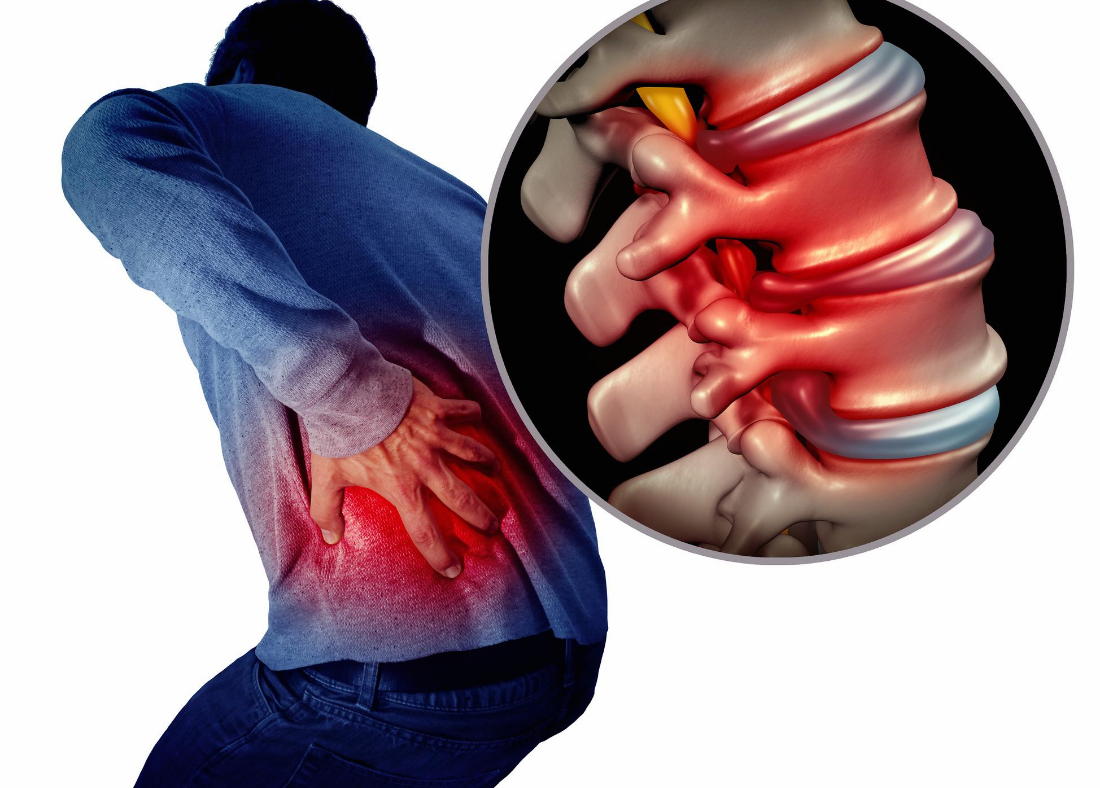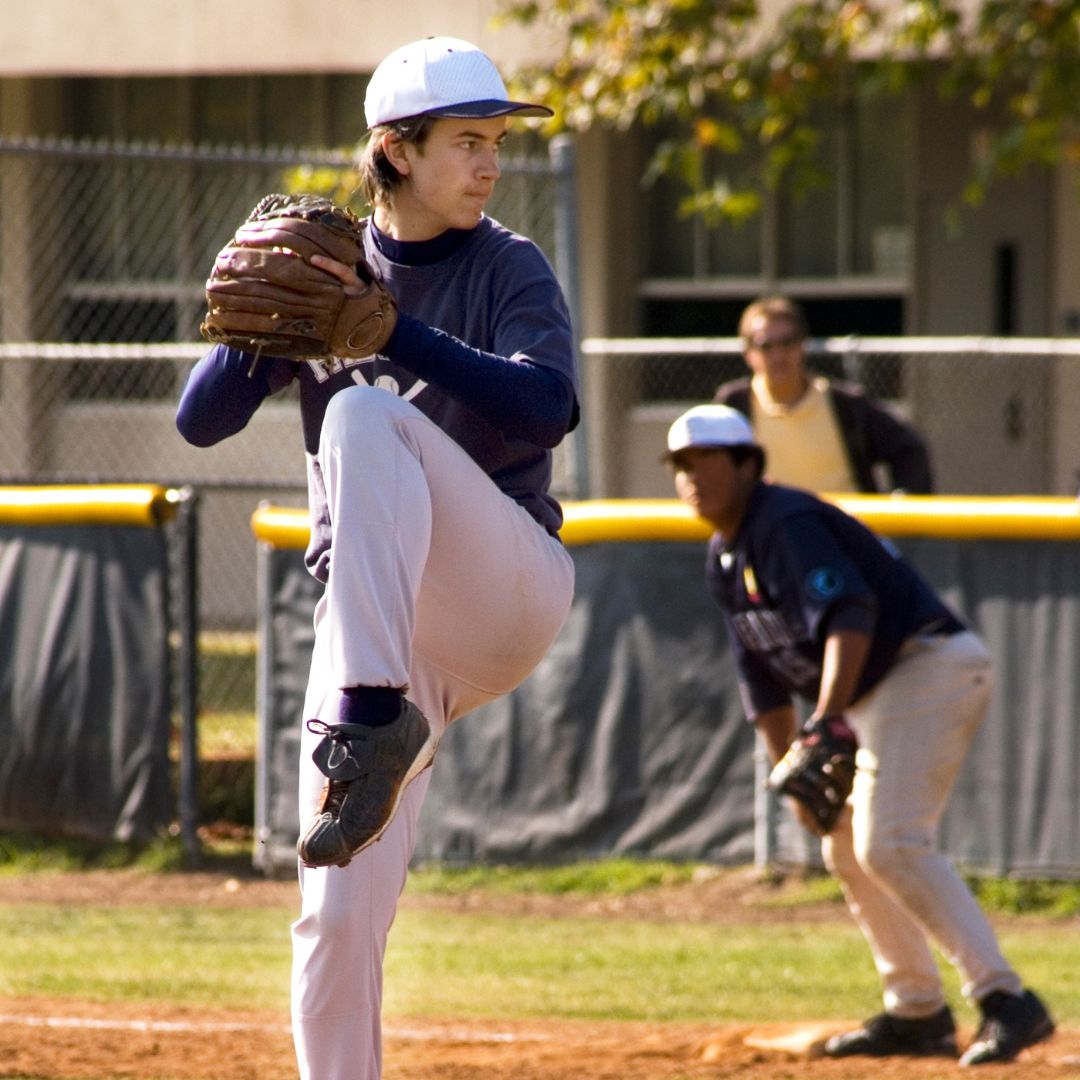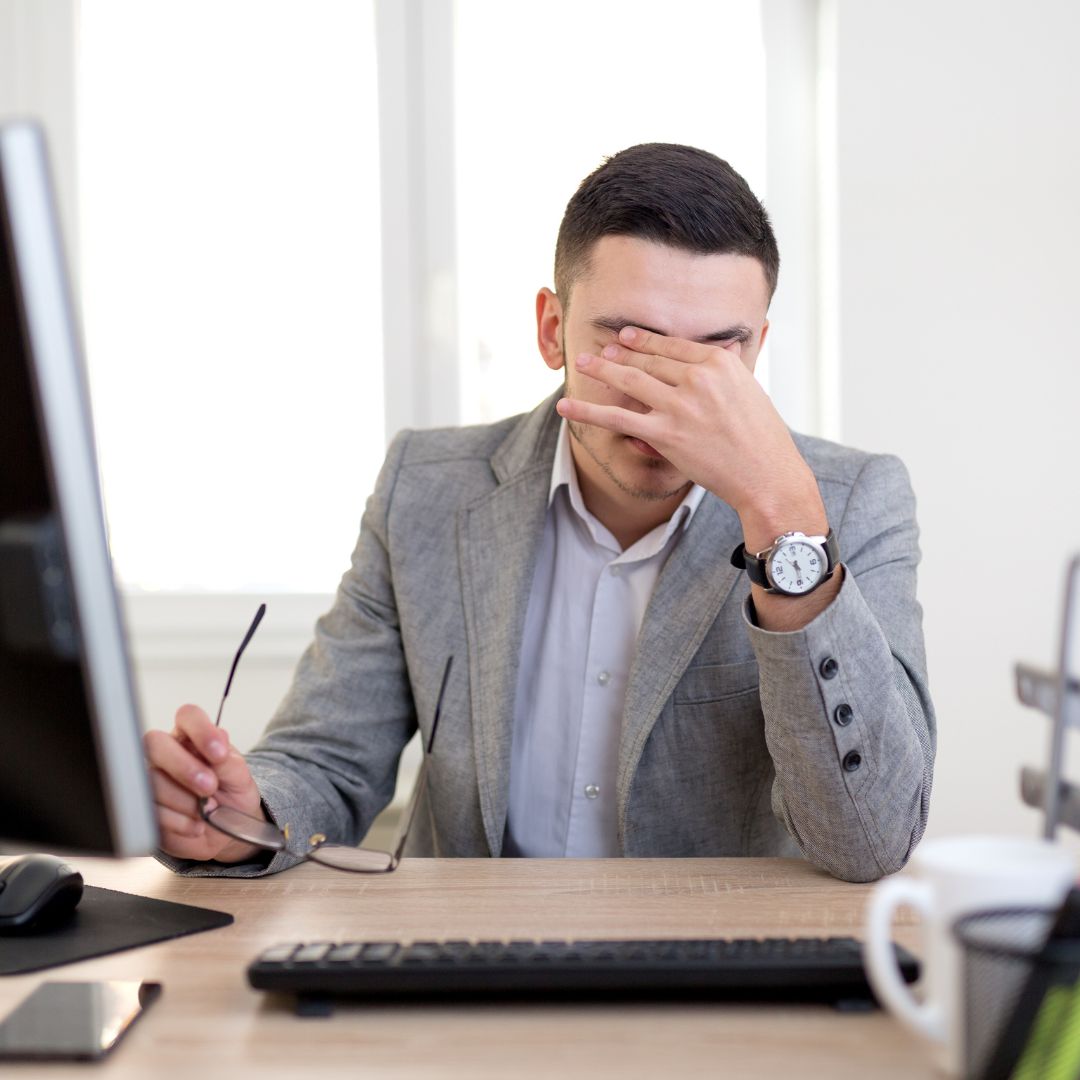SPINAL TRACTION
As technology advances, the importance of ergonomics and posture has risen. More and more people are using the computer for work and school. This has caused people to develop upper-crossed syndrome which describes a muscular imbalance due to our increasingly poor posture. Specific postural faults in upper-crossed syndrome include forward head posture and protracted (rounded) shoulders leading to tightness in the upper trapezius and levator scapulae muscles along with tight pectoral muscles. These imbalances can cause headaches and cervical/thoracic pain and if not properly addressed could lead to other issues like shoulder dysfunction. Luckily, there are several tools, such as spinal traction, to assist.
The chiropractors at Block Sports utilize a technique called Chiropractic Biophysics (CBP), which works on improving spinal alignment. As mentioned above, forward head posture is very common in our population and this positioning of our head can disrupt our normal cervical lordosis. CBP has extensively researched what the ideal curves should look like in the cervical, thoracic and lumbar spines. They have found that restoring the lordosis or kyphosis to its ideal angle, using tools like spinal traction, can help reduce the stress and tension being placed on our spine and can help in conditions like disc degeneration.
The corrective process begins with a thorough initial examination from one of our chiropractors. In order to evaluate the lordosis or kyphosis of the spine, the patient will be sent for radiographic images. These radiographic images are then imported into a computer program where the curves are measured and these findings are then discussed with the patient. Based on the findings, a treatment plan will be developed and the process to work on the spine will begin. Along with the chiropractic treatment to address any musculoskeletal issues, the corrective process involves postural exercises and lastly spinal traction.
Think of spinal traction as braces for the spine. It involves using gravity and forces to get the curve into the best position possible. The spinal traction starts off with the use of a denneroll, which is a specifically contoured block tailored to the cervical, thoracic and lumbar spine.

The patient will start by lying supine with the denneroll under the treated region for a specific timed amount. Initially, the denneroll may not feel the most comfortable, but as the patient starts to get used to the force, the amount of time will also increase. After a few visits using the denneroll, the patient will then be transferred to one of the spinal traction machines to further the corrective process. We have a few machines between our two offices: the UTS, the Pope traction, the George chair, and Harrison traction. Each has its own uses that are similar and different from the others. Based on the patients images and tolerance levels, they will be placed into one of these units for the duration of the corrective process. However, on the days the patient is not in the office for spinal traction, they will be using the denneroll at home. CBP has found that it takes an average of 36 visits for the corrective process to be successful along with the work done at home (denneroll, exercises, etc.), so it is a long process that needs both the doctor and the patient to work together in order to achieve better spinal health.
At the end of the corrective process, the patient will be sent for another set of radiographic images for comparison. These results will be discussed with the patient and typically patients will be released from active care and will return on a maintenance basis. At our office we have many examples of patients who have had great results, so if you are dealing with any spinal issues come schedule an appointment and allow us to evaluate.




